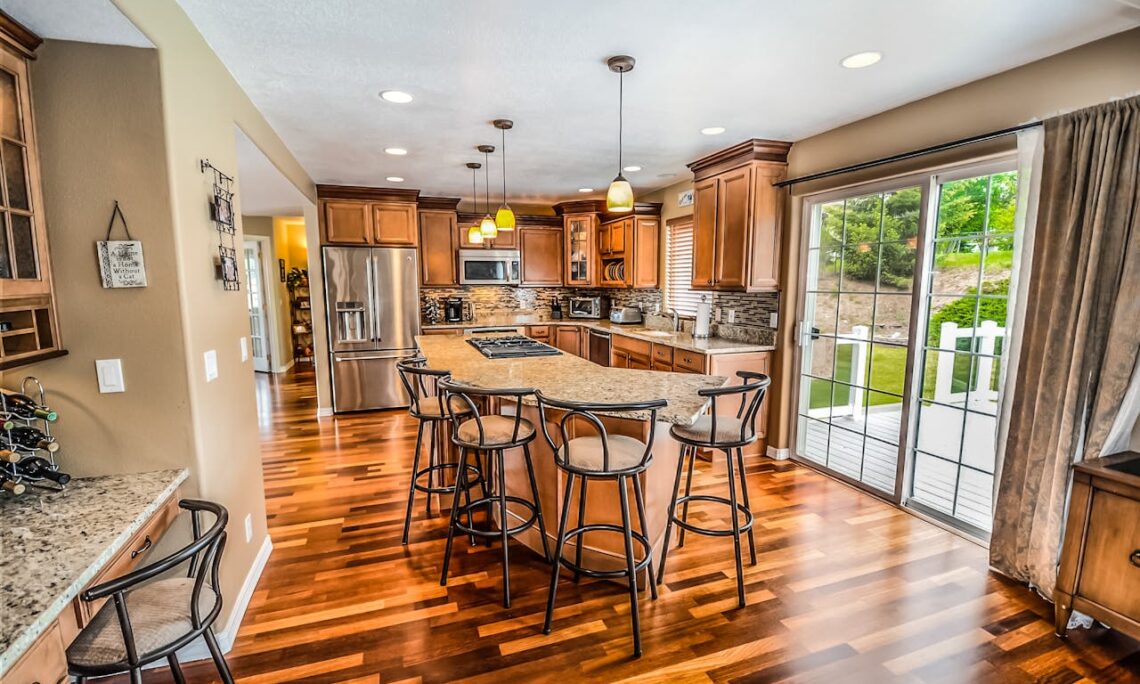
When it comes to protecting your home in Saskatchewan, choosing the right insurance policy is crucial. The two most common types of home insurance are comprehensive and broad coverage. While they may sound similar, there are important distinctions between the two that homeowners should understand.
What is Comprehensive Coverage?
Comprehensive coverage is the most extensive form of home insurance. It safeguards your home against all potential risks and damages, except for those specifically excluded in the policy. This means it covers a wide array of incidents, from natural disasters to theft, ensuring both the structure of your home and your personal belongings are protected. Your belongings are even insured for accidental damage and mysterious disappearances. Comprehensive coverage is designed for homeowners seeking peace of mind through protection against any unexpected damage or loss to their property or possessions.
Key Points:
- All-Inclusive: This policy covers both the structure of your home and your personal belongings.
- Exclusions: Only specific risks listed as exclusions are not covered.
- Higher Premiums: Due to its extensive nature, comprehensive coverage policies are typically more expensive.
What is Broad Coverage?
Broad coverage is a type of home insurance that provides a dual level of protection. It covers the structure of your home against all risks except those explicitly excluded in your policy, while your personal belongings are only covered for specific perils listed in your policy. This means that if a loss occurs due to a listed peril, the damage to both your home and personal items would be covered. However, if your belongings are damaged due to a peril not named in your policy, those items would not be covered. It’s a more cost-effective option for homeowners who want comprehensive structural coverage but are willing to accept less coverage for their belongings.
Key Points:
- Selective Coverage: The structure is covered for all perils, but contents are only covered for named perils.
- Named Perils: Contents are insured against a list of perils such as fire, theft, and water damage.
- Cost-Effective: Broad coverage is generally less expensive than comprehensive coverage.
Choosing the Right Coverage for Your Home
When deciding between comprehensive and broad coverage, consider the following:
- Value of Your Home and Contents: If you have valuable items or if your home is at a higher risk for certain perils, comprehensive coverage might be the better option.
- Budget: If you are looking for a more budget-friendly option, broad coverage might be sufficient, especially if you can mitigate certain risks yourself.
- Risk Tolerance: Assess your comfort level with the risks not covered by broad insurance and decide if you need the additional protection offered by comprehensive coverage.
Both comprehensive and broad coverage policies have their place in the home insurance market in Saskatchewan. By understanding the differences, you can make an informed decision that aligns with your needs and provides peace of mind knowing your home is protected.
Remember, it’s always best to consult with an insurance broker to discuss your specific situation and coverage options.
The information in this post are for informational purposes only and does not constitute as advice. For insurance advice specific to your situation and needs, please contact Rayner Agencies and speak with a broker.



